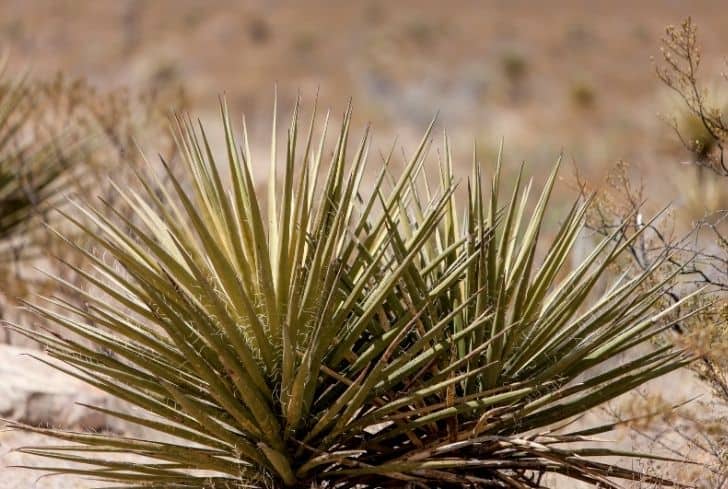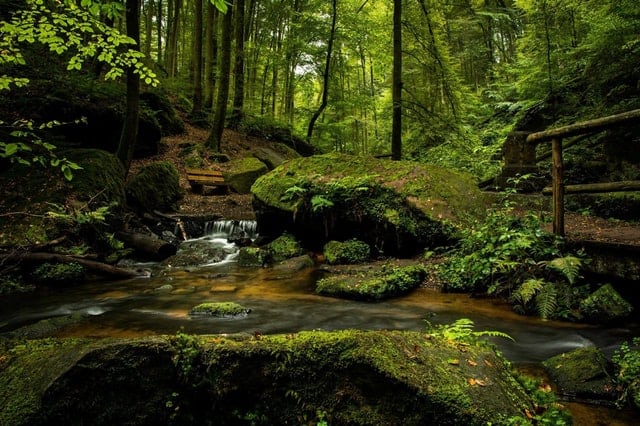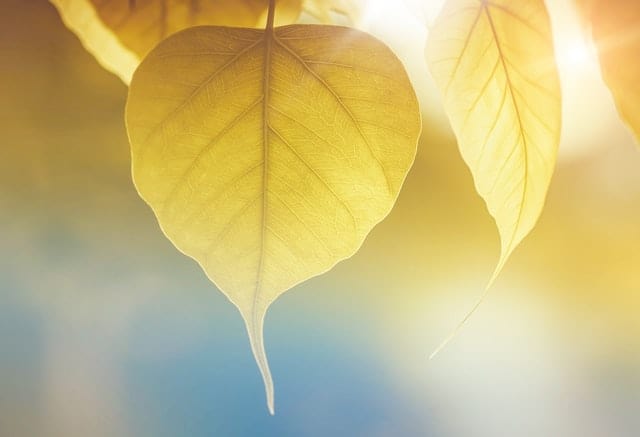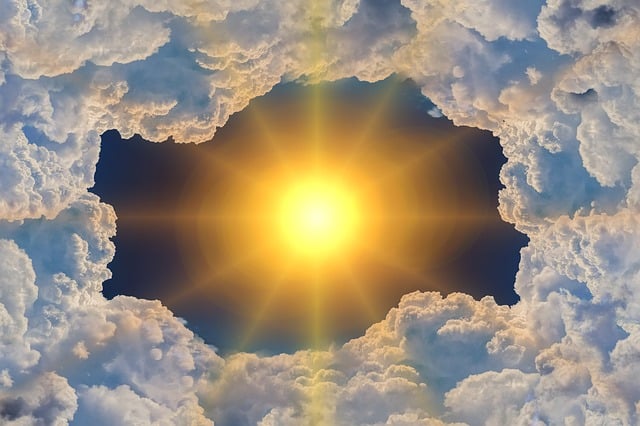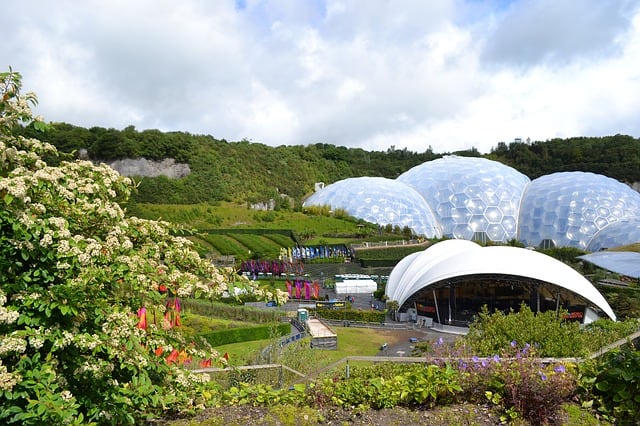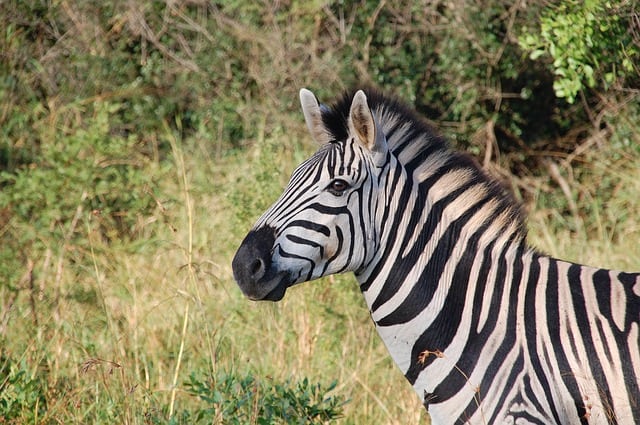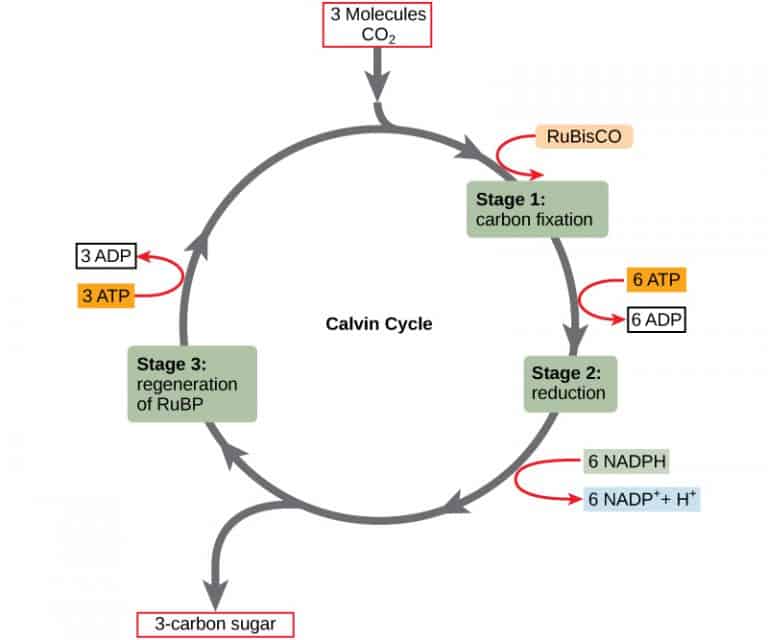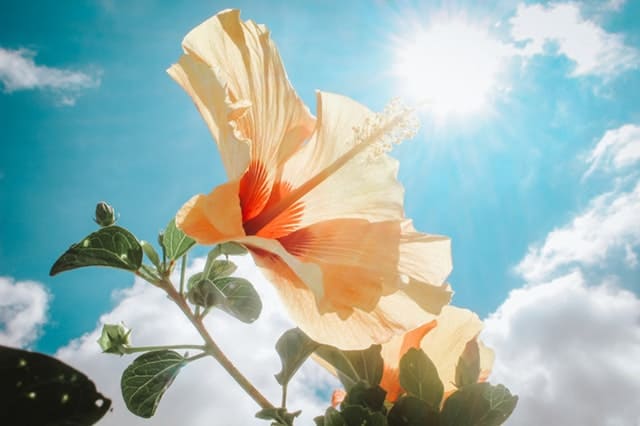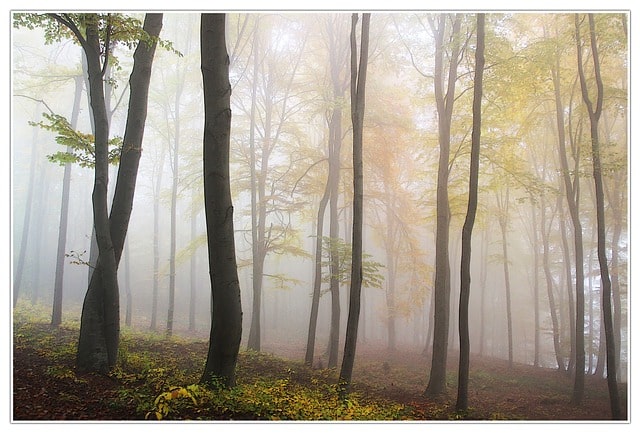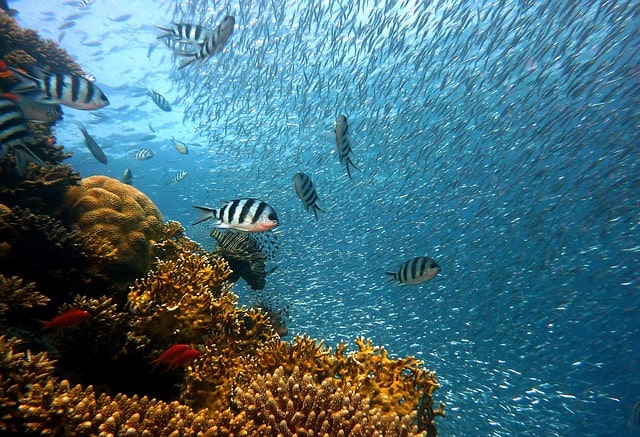Can Photosynthesis Occur Without Oxygen?
Photosynthetic reactions can occur without oxygen that is anoxygenic; thus, they do not produce oxygen. There is a process called Phototrophy by which organisms trap light energy or photons to store it as chemical energy in the form of ATP or adenosine triphosphate and/or reducing power in NADPH. Two major types of phototrophy are –…


